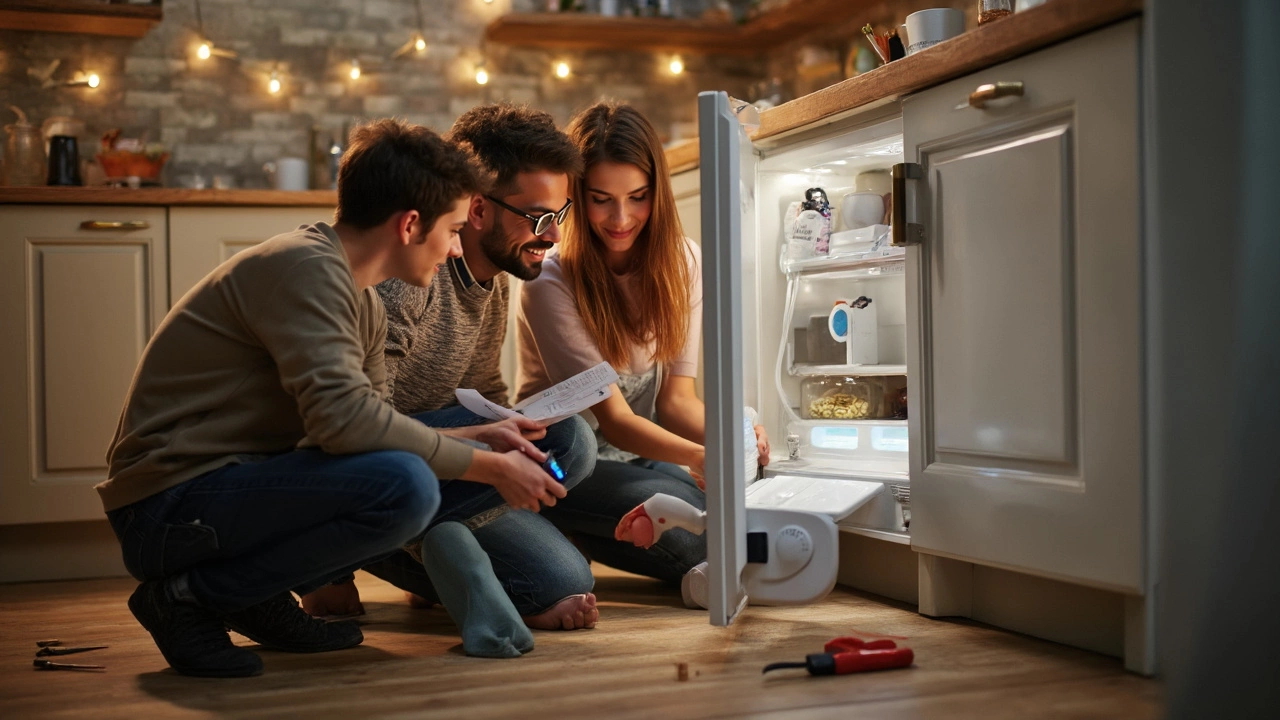DIY Freezer Repair: Quick Fixes for Common Issues
Got a freezer that’s not getting cold enough, making odd noises, or leaking water? Before you call a repair service, try these simple steps. Most problems are easy to spot and fix with tools you already have. Let’s walk through what to check, why it happens, and how to get your freezer back to full speed.
Identify the Problem
First, figure out what’s wrong. Open the door and look inside – is there frost buildup? Check the back of the unit for a humming sound. Is the freezer leaking or spilling water onto the floor? Write down what you see. The more specific you are, the easier it is to match the symptom to a solution.
One of the most common issues is a dirty condenser coil. When dust and pet hair cover the coils, the freezer works harder and loses cooling power. Another frequent cause is a blocked defrost drain, which leads to water pooling and frost forming inside.
Step‑by‑Step Fixes
1. Clean the condenser coils. Unplug the freezer, pull it away from the wall, and use a vacuum brush or a soft brush to remove dust. Do this every 6‑12 months to keep the unit efficient.
2. Check the door seal. Close the door on a piece of paper. If you can pull it out easily, the gasket needs cleaning or replacement. A leaky seal lets warm air in, causing the freezer to run constantly.
3. Defrost the freezer. If you see thick ice on the walls, turn the unit off, leave the door open, and let the ice melt. Place towels to catch water. Once it’s clear, dry the interior and restart the freezer.
4. Unclog the defrost drain. Locate the drain tube (usually at the back or bottom). Use a pipe cleaner or a mixture of warm water and baking soda to flush it out. This stops water from freezing and spilling.
5. Level the freezer. An uneven unit can cause the compressor to work inefficiently. Use a bubble level and adjust the front legs until the freezer sits flat.
If the freezer still isn’t cold after these steps, the problem might be a faulty thermostat or a broken start relay. Those parts need a multimeter test, which many DIYers can do if they’re comfortable with basic electricity. Otherwise, it’s time to call a professional.
Before you finish, plug the freezer back in and give it a few hours to stabilize. Check the temperature with a fridge thermometer – it should read 0°F (‑18°C) for optimal performance.
Remember, regular maintenance prevents most breakdowns. Wipe the interior every month, keep the coils clean, and check the door seal for wear. A little effort now saves you a big repair bill later.
DIY freezer repair doesn’t have to be scary. With these straightforward checks and fixes, you can keep your freezer humming along and your food safe without spending a fortune.

Freezer Not Cooling? How to Fix It Fast
If your freezer isn’t cooling, you don’t have to panic or call a repair guy right away. There are simple checks and fixes that anyone can try at home, often saving you time and money. This article covers the top reasons freezers stop cooling and gives step-by-step advice for each problem. You’ll also get quick tips to avoid future breakdowns. No need to be an expert—just a little guidance and a few minutes can go a long way.